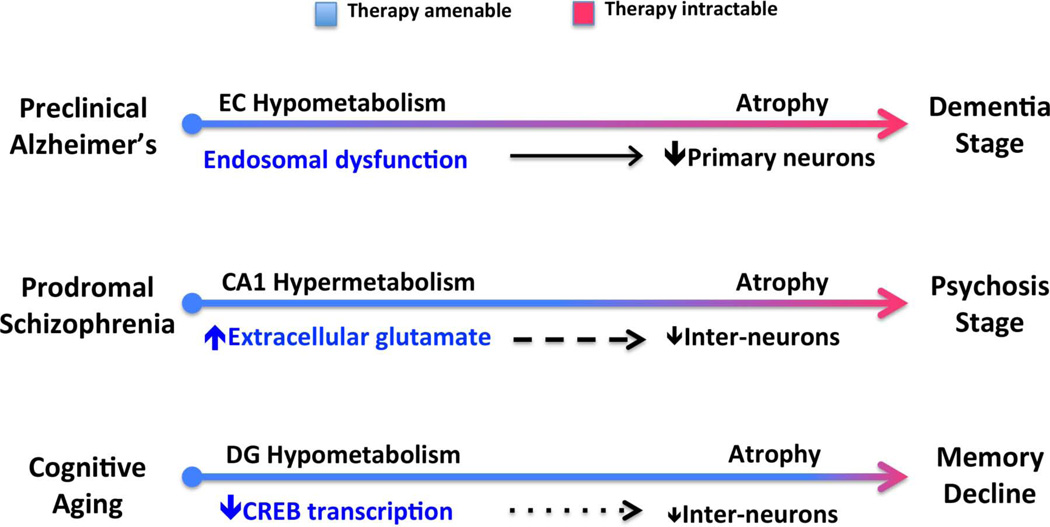Figure 2. Pathogenic mechanisms and the progression of hippocampal-based disorders.
Alzheimer’s disease starts in a ‘preclinical stage’ before progressing to dementia. Hypometabolism during the preclinical stage has been localized to the entorhinal cortex (EC), in which defects in retromer-mediated endosomal transport have been isolated. Schizophrenia starts in a ‘prodromal stage’ before progressing to psychosis. Hypermetabolism during the prodromal stage has been localized to the CA1 region, and has been linked to increases in extracellular glutamate. Cognitive aging starts in the fourth decade of life and progresses gradually to memory decline. Hypometabolism during normal aging has been localized to the dentate gyrus (DG), in which defects in CREB-dependent histone acetylation have been isolated. During the progression of each entity, a primary ‘cell sickness’ stage is thought to antedate a ‘cell death’ stage. (A dramatic loss of primary neurons in Alzheimer’s disease, a more subtle loss of GABAergic interneurons in schizophrenia, and a subtle loss of hilar interneurons in cognitive aging). Accordingly, the disorders are anticipated to be most amenable to therapeutic interventions during the earliest pathophysiological stage.

